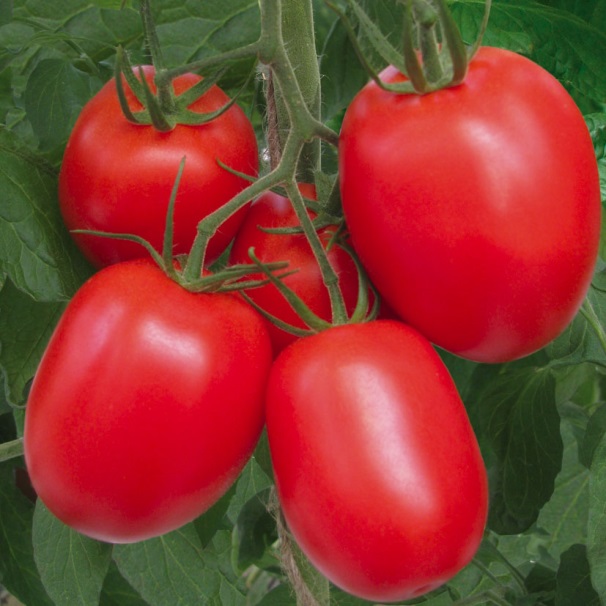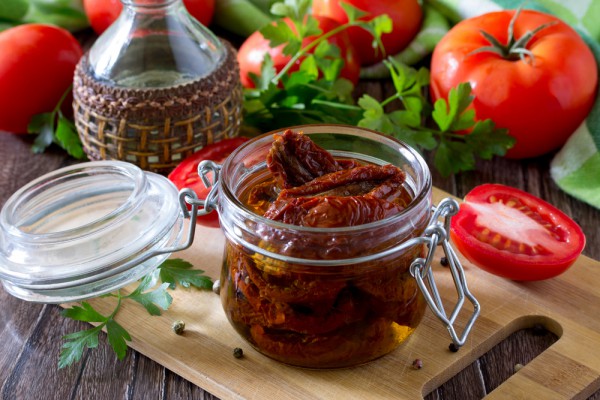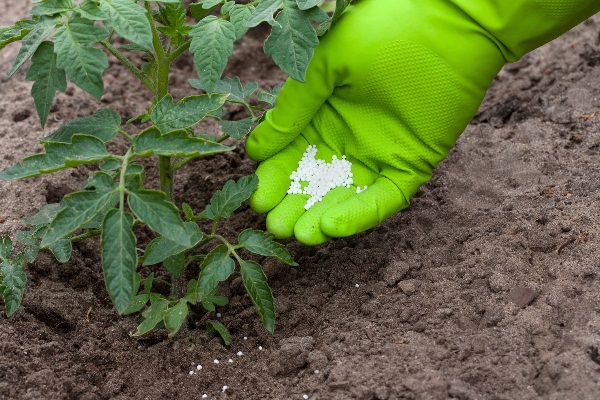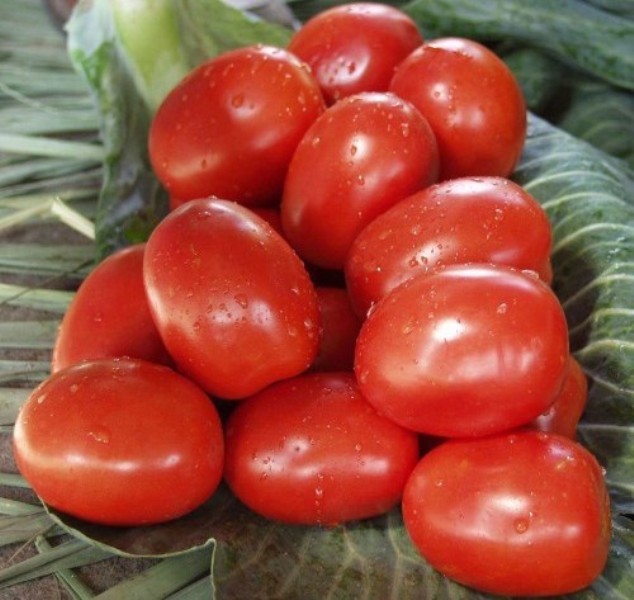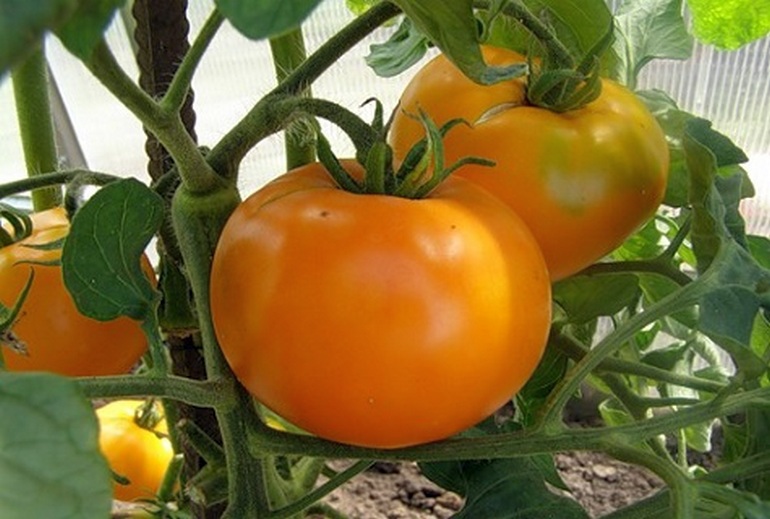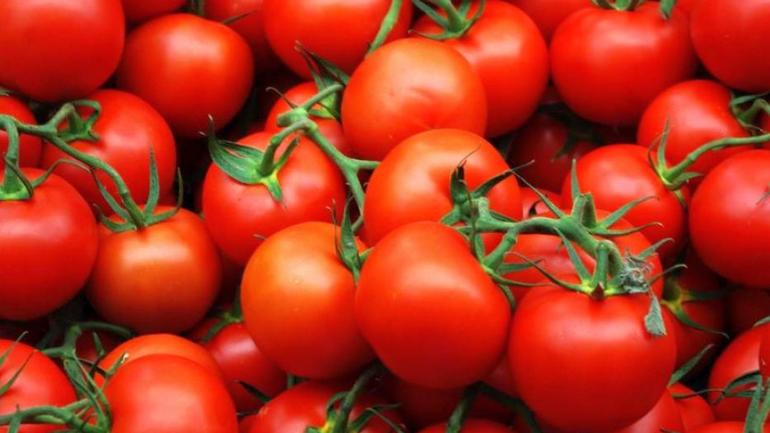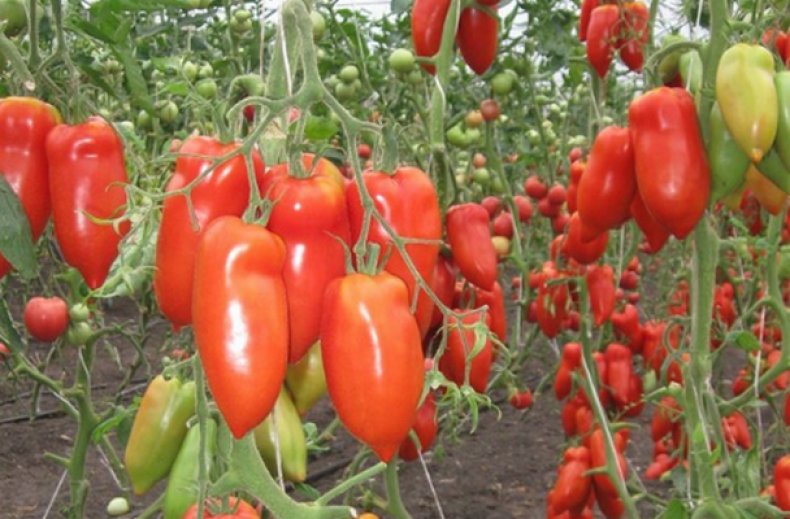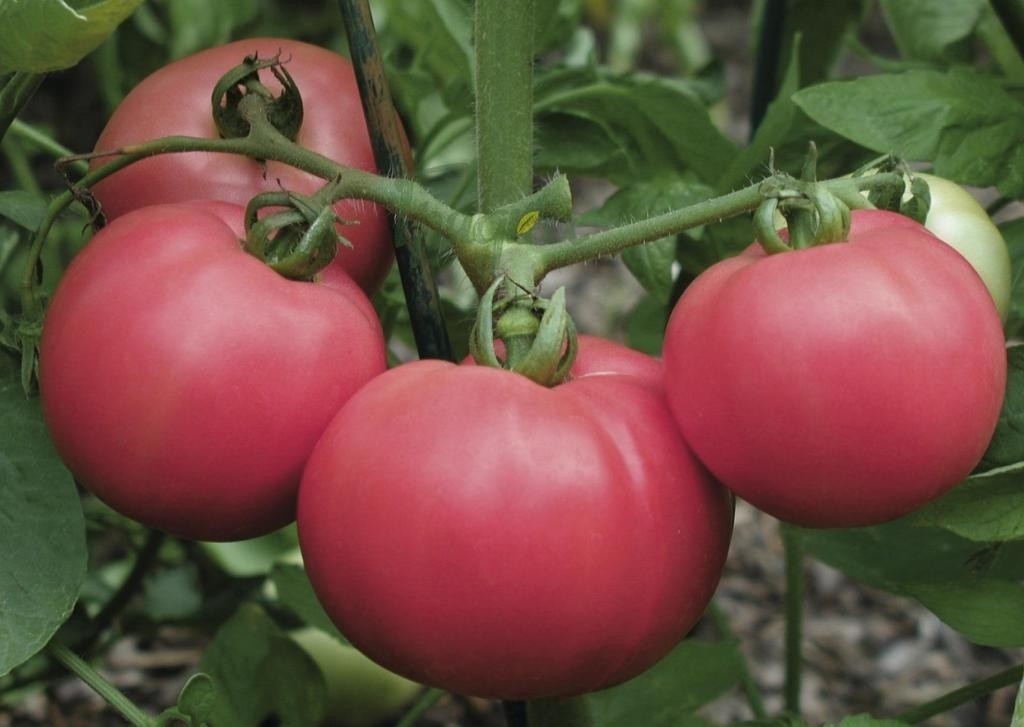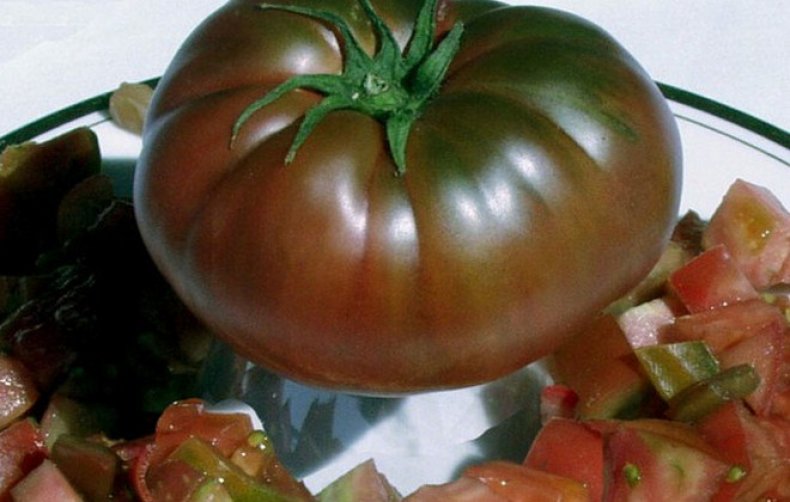Content:
Many gardeners grow tomatoes on their plot. Often the harvest and its quality depend on the selected variety. Tomato Rio Grande has the most positive reviews from summer residents: amateurs and professionals, indicating its compliance with the requirements. Those wishing to acquire this tomato variety will be interested in learning about the features of planting, growing and harvesting, as well as the properties of the fruits. Rio Grande grows easily both in the greenhouse, under the film, and in the open field. After all, these tomatoes do not require special care. They only need fertile soil, watering and fertilization.
Growing history
The Rio Grande tomato can be classified as a long-growing classic garden crop. Rio Grande tomato, to which the characteristic and description of the variety brought popularity, has the following properties:
- high-yielding;
- grown in a closed and open way;
- refers to the average ripening period;
- is resistant to climate conditions.
The country where the variety was produced is Holland. The purpose of selection is cultivation in soil and greenhouse. The bush is compact and has a moderate amount of leaves. It does not need to be tied up, the height reaches 70 cm. Up to 10 ovaries appear, after which the fruits are formed throughout the summer season. The process ends only in the middle or end of July. The crop can be removed in different stages of maturation (technological and physical).
Characteristics and features of the variety
The high-yielding Rio Grande ripens in the mid-season (mid-season). From germination to harvesting takes from 110 to 120 days. Sweetish fruits are distinguished by dense pulp and not very large sizes. They are great in storage. When picked, the greens can stay fresh until New Years. They have a taste that makes you want to buy seeds and plant crops in your garden. The fruits can be described by the following parameters and characteristics:
- plum-shaped, oval shape;
- color red, saturated, slightly pink;
- weight - from 70 to 150 grams (average value - 115 g);
- fragrant, fleshy, few seeds, moderate juiciness;
- the skin is glossy, does not crack;
- slightly sour taste.
These tomatoes are versatile to use. Often made for sale because they are well tolerated over long distances. At the same time, they do not crease, and also do not crack. The high content of solids in the composition allows you to make pasta, sauces, thick juice from them. The pulp is dense, so they are dried and frozen. Good salads, stew with this tomato variety.
The yield from a bush with favorable growth exceeds 4 kilograms. The cultivation result is in direct proportion to the care. With regard to resistance to cold, in cool regions, the tomato is planted under a film for the successful development of ovaries.
Agrotechnics
In addition to growing in greenhouses and outdoors, Rio Grande tomatoes successfully decorate balconies. Having compact bushes, they are suitable for design, landscaping, grow safely in flowerpots (pots). Sowing is carried out in containers for the preliminary preparation of seedlings. Before disembarking on the beds, 2 months (60 days) are counted. The process includes the following steps:
- sow in boxes with nutrient soil;
- create greenhouse conditions by covering the container with film;
- watered moderately;
- ventilate crops;
- Provide adequate lighting and thermal conditions
- make a dive (seated in separate pots), you do not need to form a bush.
2 or 3 weeks before transferring to the beds, the seedlings are hardened by placing boxes on the balcony. For successful fruiting and plant health, you must adhere to the following rules:
- Tomato Grand does not need to be planted in the same place every year;
- It is better to place it where cabbage, legumes, greens grew. But do not plant after pepper or eggplant;
- Deeply loosened, very fertile soil is required;
- Watering should be moderate, and timely fertilization is also necessary.
The feeding process is carried out in the following stages:
- the first nutrient solution - diluted mullein, in a ratio of 1 to 5, or bird droppings 1:15;
- after 2 weeks - 25 grams of ammonium nitrate is stirred in a bucket of water, 60 g of superphosphate, 15 g of potassium salt, 1 g of boric acid dissolved in 0.5 l of boiling water are added;
- top dressing No. 3 - 30 g of saltpeter, 40 g of superphosphate, 70 g of potassium salt;
- 4 and 5 times - add 200 g of wood ash to 10 liters of water.
Apply 1 liter of top dressing for each bush. By cultivating tomatoes competently, you can get a healthy plant that is protected from pests and diseases. Additional prevention against fungi consists in spraying with phytosporin and other non-toxic biological preparations. By mulching the soil with humus, straw, we get rid of the danger of late blight. We also ventilate the greenhouse, water it until the top layer of the soil dries.
Insecticides kill pests and are used before plants bloom profusely and ovaries begin to appear. Ammonia dissolved in water will help with slugs with systematic spraying. For aphids, washing the stems and leaves with soapy water is used.
Advantages and disadvantages
Comparing Rio Grande with other tomatoes, it should be noted that these are varietal tomatoes. They differ from hybrids in terms of ripening, the size of the bush and fruits. So, Rio Sprint F1 gives a late harvest, is more suitable for greenhouse cultivation, has fruits up to 300 grams. The seeds of the hybrid fruits are not suitable for further use. When buying them, you need to know the purpose and purpose of the desired harvest.
Rio Grande varietal tomatoes have the highest ratings:
- Somewhat thick skin and not very juicy pulp - excellent properties for canning and storage;
- This unpretentious variety is recommended for novice gardeners. Mistakes in agricultural technology, heat, lack of moisture, somewhat acidic soil will not affect significantly successful growth;
- Small bushes do not take up much space, and you can hope for yield with great confidence;
- Great taste, versatility;
- Tying a bush is not necessary;
- Good storage performance;
- High productivity.
It is difficult to find flaws in this variety. Someone complains about the lack of juiciness. But the taste and aroma compensate for this. Residents of the Moscow region tried to grow the crop directly in the soil and speak of it as an early variety that ripens perfectly.
